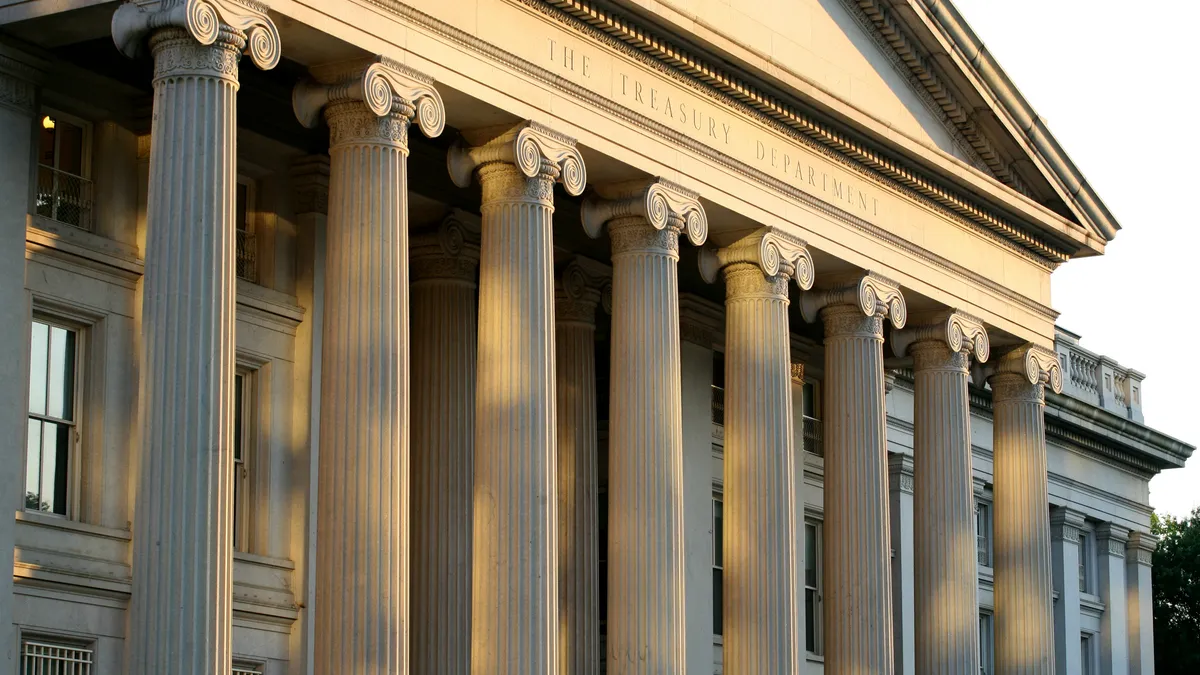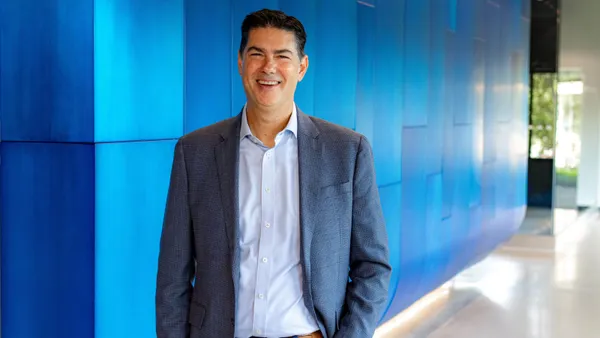Dive Brief:
- The 10-year U.S. Treasury yield, a key measure for sizing multifamily loans, hit 4.874% last week, its highest mark since 2007.
- At the end of August, data firm MSCI said apartment cap rates sat at 5.1%. That leaves roughly 30 basis points between the current 10-year Treasury, which makes it difficult to pencil out deals.
- Even though the Federal Reserve paused rate increases last month, the Treasury has continued to rise. After the central bank’s announcement, it increased 15 basis points. As the labor market remains persistently strong — evidenced by the government’s latest jobs report showing openings of 9.6 million — the appetite for more increases could continue to grow.
Dive Brief:
Apartment investors look at the spread between the 10-year Treasury and cap rates as they underwrite deals. In 2021, when transaction volume was at record highs, that spread was near 360 basis points.
However, as the Treasury has increased, cap rates haven’t grown at commensurate rates. In April 2023, cap rates sat at 4.8%, while the 10-year Treasury was at 3.46%. Earlier this year, MSCI said the 130-plus basis point spread left “less meat on the bone for apartment investors.”
Since then, spreads have only tightened. Part of the problem isn’t just the current 10-year rate, but the speed at which it's risen and its impact on investor sentiment, according to Rich Ortiz, co-managing partner at New York City-based commercial real estate investment management firm Hudson Realty Capital.
“By the second quarter of this year, a lot of predictions were expecting the 10-year to float back down to 4% or maybe 3.75%,” Ortiz said. “Clearly, we're far from that. I think that you are seeing a little bit of a market that's just frozen by these statistics at this point.”
Ortiz thinks the increase in the 10-year is having a larger impact on construction finance than trades for existing assets. As lenders look to size new loans using the current Treasury rate, they’re seeing large jumps compared to a couple of years ago, which is forcing developers to pull back.
“What you're starting to have are just people shelving projects,” Ortiz said. “You’re starting to see a lot less demand for building.”
As construction slows, the sales market remains stuck with volume falling 74% in August, continuing a months-long trend of huge declines, according to MSCI. For things to change, buyers and sellers need to come to a consensus on pricing, which requires stability in borrowing costs.
“The market isn’t necessarily waiting for increases or decreases but for some level of stability,” Jon Siegel, chief investment officer for Bethesda, Maryland–based apartment owner RailField Partners, told Multifamily Dive. “At the end of the day, you need to be able to figure out what your cost is going to be, and the uncertainty is what is really driving most people to stay on the sidelines.”
Click here to sign up to receive multifamily and apartment news like this article in your inbox every weekday.















